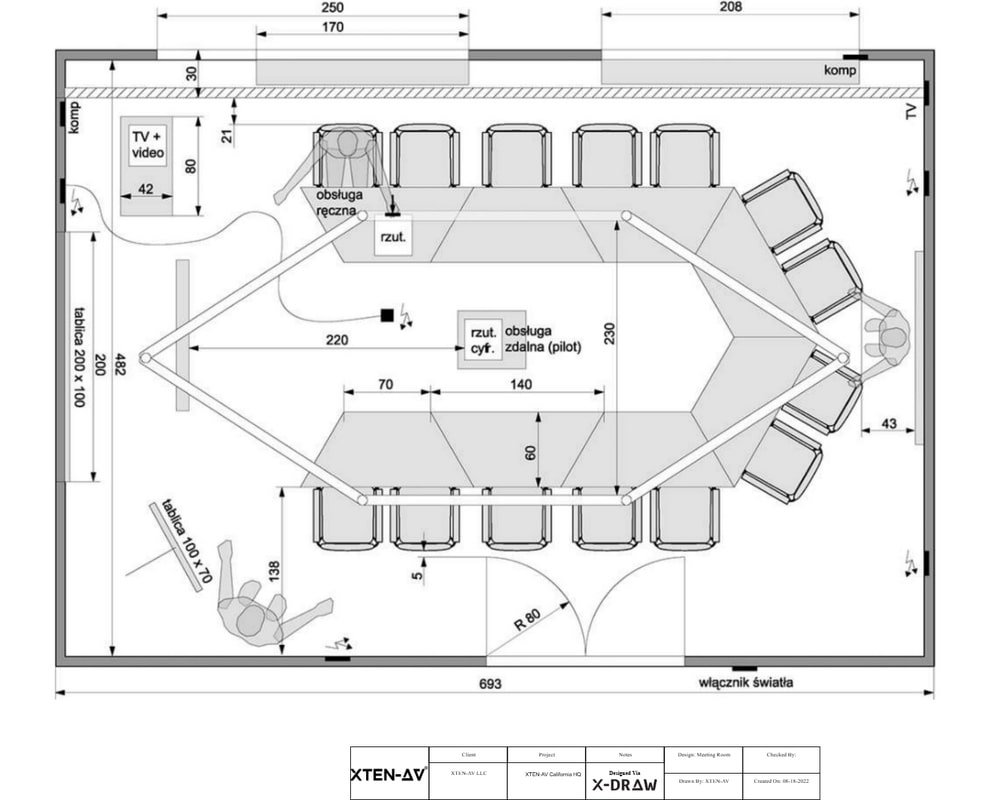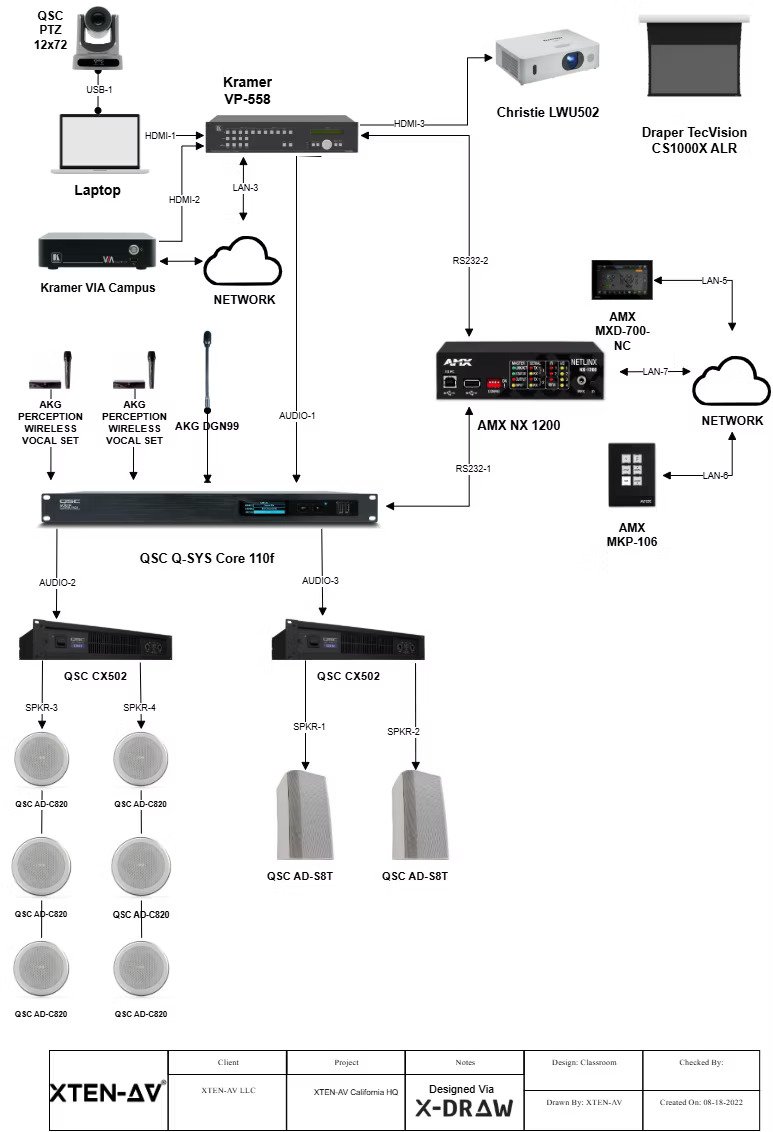When the first call center was conceived in the 1960s, thanks to the installation of Private Automated Business Exchange (PABX) in Birmingham Press and Mail, it revolutionized customer service and heralded a new beginning!
Six decades later, however, the telephone booking systems, telephone handsets, and vintage headsets have become things of the past. If you do a quick image search typing “traditional call centers” or “old call centers” you will realize how far we have come!
In the age of cloud computing and cloud-based communication, traditional call centers are no longer feasible and practicable.
Using traditional call center technology in today’s time is similar to using the first version of Alfa Romeo’s 158 Alfetta in the 2025 FIA Formula One World Championship.
To put things into perspective, with a top speed of 180 mph (or 290 kmph), 158 Alfetta was one of the fastest F1 cars in the 1950s-60s. But it wouldn’t be fast enough to win the F1 race of 2025 and beyond.
Likewise, no matter how good traditional call centers may have been in their prime, they just aren’t up to the mark in today’s age. In fact, they are outdated and resource-intensive compared to their modern counterparts.
In this blog post, we will discuss the limitations of traditional call centers and why cloud-based contact centers are the future. Read on and you will be glad to do so.
Limitations of Traditional Call Centers
What comes to your mind when you hear the word “traditional call centers?” A lot of things actually and we are going to discuss those one by one:
1. Outdated Technology
One of the biggest limitations of traditional call centers is the outdated tech stack they use. The bulky legacy systems coupled with wired devices looks intimidating enough. Would you be interested to use such technology if you have far more sophisticated alternatives readily available? The answer would be a resounding “No!” That’s the burden outdated technology has to bear in the age of rapidly evolving digital technology.
2. High Costs
Would you be surprised to know that traditional contact centers are highly costly to run? You wouldn’t. We have already discussed how resource-intensive traditional call centers are. The bulky systems, wiring, installation and maintenance, and more entail huge expenses.
3. Inefficient Processes
Traditional call centers are plagued by a wide array of inefficiencies and limitations. Organizations that use traditional call centers are more susceptible to high wait time, low first call resolution, and low average answer speed. Unlike sophisticated contact centers, where the processes are well-defined and streamlined, traditional call centers are chaotic.
4. Ineffective Routing
Routing of incoming calls is a big problem with traditional call centers. When customers call, a majority of them have to wait for a long time during peak hours. And when some live agents finally answer their calls, they don’t know who the customer is and what problem they face. This could be frustrating for those customers who need urgent resolution to their issues or queries.
5. Lack of Self-Service Options
Traditional call centers don’t have many self-service options to begin with. Many of them don’t have Interactive Voice Response (IVR) systems either. This could be extremely harrowing for a majority of customers today. Various studies have found that about a third of present day customers would prefer solving minor issues and queries by themselves instead of speaking with a customer service representative. Keeping this in mind, it wouldn’t be prudent to use traditional call center solutions.
6. Not Scalable
It’s no secret that traditional call centers face scalability issues. Just imagine you are the owner of a traditional call center. You may not face any difficulty to scale down but what about when you need to scale your operations up? That would be a huge challenge indeed. Traditional call centers are not at all scalable as their cloud-based counterparts.
7. Limited Flexibility
Like scalability, flexibility is also the Achilles heel of traditional call centers. They are confined to one place and when the need arises for customer service representatives to work from a different location, there is no way they can do that. In traditional call centers, there is no concept of flexible timings and remote work. The shift timings are rigid and the work environment is regimental.
8. No Concept of Multichannel Support
As the name suggests, traditional call centers are all about “calls.” The main channel of communication is telephone and customers have only one option to connect, which is via voice calls. In a time when a majority of people own smartphones and prefer using multiple channels other than voice calls, this is a sure-shot recipe for poor customer care and fragmented customer service.
Why Are Cloud-Based Contact Centers the Future?
Cloud-based contact centers have witnessed huge growth in recent years. So much so that it’s now a multi-billion dollar industry.
The latest Precedence Research report projects the global cloud-based contact center market size to grow at 21.73 percent compound annual growth rate (CAGR) from USD 37.98 billion in 2025 to approximately USD 222.91 billion.
A report released by DGM Consulting, over 62 percent of organizations that participated in the study have already migrated to a cloud-based contact center software solution. Not just that, 46 percent of respondents are looking to adopt cloud-based contact center software solutions.
The rapid growth and widespread popularity of cloud-based contact centers are testament to its multiple benefits. Here are some of those:
1. Omnichannel Communication
The biggest advantage of cloud-based contact centers over traditional call centers is that it not only can answer customers’ voice calls but also:
- Allow them to interact via web chats
- Receive and reply to their text messages
- Enable them to connect over video conferencing
- Empower them to tag and direct message on social media platforms
2. Immense Flexibility
Be it a computing device or a communication system, if it has “cloud” or “cloud-based” before its name, it’s synonymous with flexibility. With remote working becoming the norm rather than an exception, cloud-based contact centers offer unparalleled flexibility. No other system can come close!
3. Massive Scalability
Cloud-based contact centers are scalable, alright! The question, however, is how much and to what extent. To put it simply, when users of cloud-based contact center solutions need to add or remove any particular lines, features, users, they can request for the service with just the click of a button.
4. Reliability and Uptime
As cloud-based contact centers are hosted on cloud, it offers exceptional reliability to both organizations and users. It’s not uncommon to find many cloud-based contact center solutions providers guaranteeing 99.99 percent of uptime. Some even guarantee 100 percent uptime!
5. Cutting-edge Features
Cloud-based contact center software solutions come equipped with a wide array of cutting-edge features such as automatic call distribution, multi-level IVR, intelligent call routing, predictive dialer, skill-based routing, self-service options, real-time analytics and reporting tools, and more. The best part is, these features are automatically updated and the software provider takes care of this.
Taking Everything Into Consideration,
Traditional call centers paved a new way for customers to communicate with businesses. Cloud-based contact centers took that to a next level by offering omnichannel support as well as massive flexibility and scalability.
Without traditional call centers we couldn’t have come this far. So we must give the credit where it’s due. However, without cloud-based contact centers, we wouldn’t go far.
To take a leaf out of bestselling author David J. Schwartz’s quote, “Don’t let tradition paralyze your mind. Be receptive to new ideas. Be experimental. Try new approaches. Be progressive in everything you do.” Cloud-based contact centers are progressive. The future of customer service lies with cloud-based contact centers.
















Leave a Reply